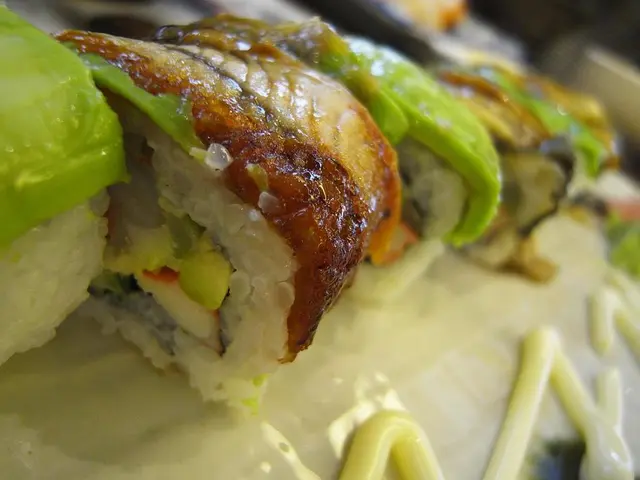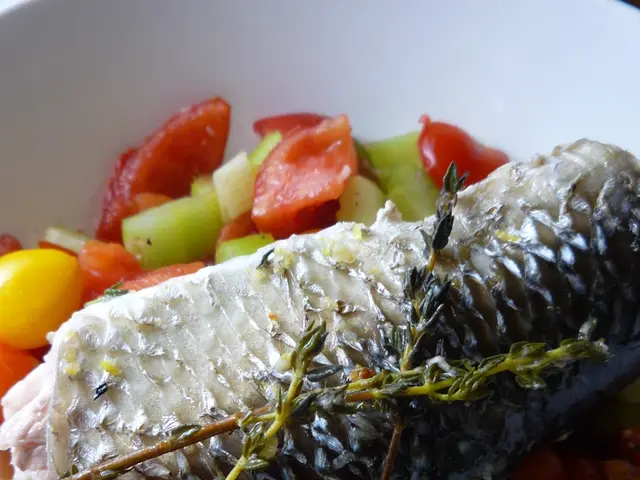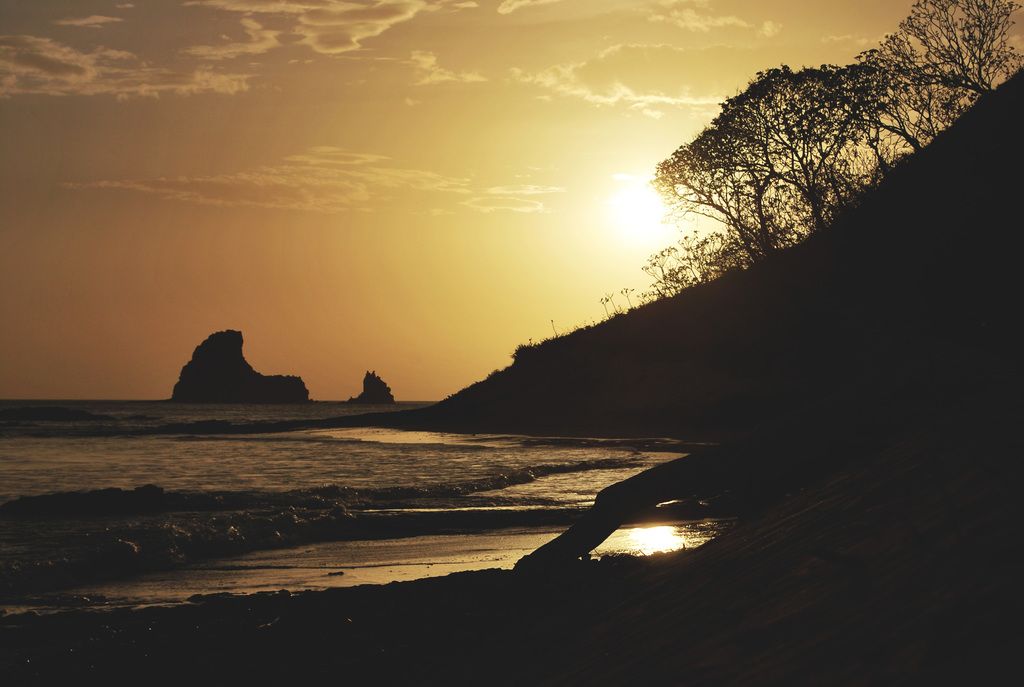Harvesting Fiddleheads: Identifying Them, Sites to Locate Them, and Cooking Techniques
Spring's Tantalizing Culinary Treat: Fiddleheads
Once the winter thaw begins, foragers may come across fiddleheads, one of spring's earliest edible invitations. These tightly curled, wild shoots are only around for a brief period and can be found in damp woods, resembling a tiny green scroll or a botanical spiral staircase.
If you find something that seems to fit this description, rest assured that it's safe to eat, provided you know what you're doing. To minimize any risk, make sure you use common sense, a field guide, and a little kitchen confidence.
What Exactly Are Fiddleheads?
Fiddleheads are the young, coiled shoots of specific ferns, harvested before they unfurl into full-grown fronds. Once they start unrolling, they become inedible and even mildly toxic for certain varieties, so proper timing is crucial.
In the United States, the ostrich fern (Matteuccia struthiopteris) is the most common fiddlehead foraged, particularly in the Northeast and upper Midwest.
When Is the Best Time to Harvest Fiddleheads?
The fiddlehead season stretches from late April to May, depending on location and climate. The season is short, lasting just 2-3 weeks, so it's essential to keep an eye out for them as the ground thaws and days grow warmer.
Where to Find Your Fiddlehead Treasure
Ostrich ferns thrive in moist, shady places like forest edges, along creeks, swamps, and riverbanks. They are most prolific in the eastern half of the US (zones 3-7). To ensure you can identify and locate them in spring, scout locations during the growing season and return in spring to harvest the shoots.
Foraging Essentials for a Successful Outing
To head into the woods a little more prepared, consider investing in a few practical tools. Here are a few of my favorites:
- An easy-to-use field guide to help identify edible plants
- A reliable foraging knife that doesn't exude an apocalyptic vibe
- A mesh foraging bag to keep your fiddleheads fresh and prevent mushiness
- A solid cast iron pan for finishing fiddleheads with butter, garlic, and morels (if you're lucky)
- A steamer basket for blanching or boiling wild greens like fiddleheads without fuss
Safe Fiddlehead Harvesting and Preparation
While you don't need a botany degree to harvest and consume fiddleheads, it's essential to make sure you're only collecting from varieties you confidently identify. Mistaking look-alikes can have unwanted consequences for your health.
Here's what to look for when identifying ostrich ferns:
- Bright green, U-shaped stem groove
- Brown, papery husk that can easily be brushed off
- Smooth (not fuzzy) stem
- Growing in clumps, not individually spaced
Avoid bracken ferns, which are not generally recommended in the US due to potential carcinogens and high levels of thiaminase.
Harvesting Fiddleheads 101
- Harvest 2-4 inches of the shoot, just below the coil
- Take no more than 2-3 fronds per plant
- Carry them in a basket or mesh bag, not plastic, to prevent slime formation
Ensure a Safe and Delicious Fiddlehead Experience
Always properly identify, harvest sustainably, and prepare fiddleheads before consuming. With these practices, you'll enjoy a gift of the season – brief, mysterious, and deeply nourishing.
Just remember to know what you're picking, cook it well, and savor the taste of something most people walk right past.
For Seasonal, Wild Food Wisdom
If you're craving more seasonal wisdom, wild food rituals, and no-nonsense practicality, your next stop is Rooted + Wild. More on that at the end. ⬇️
References
[1] https://www.thespruceeats.com/what-are-fiddleheads-339838
[2] https://www.wildfoodism.com/what-are-fiddleheads/
[3] https://www.almanac.com/plant/ostrich-fern-matteuccia-struthiopteris
[4] https://www.wildcollectivenm.com/fiddlehead-fern-matteuccia-struthiopteris/
[5] https://whatscookingamerica.net/vegetable/Fiddleheads.htm
- Incorporating the foraging of fiddleheads into a health-and-wellness lifestyle can bring a unique twist to your rituals, as it involves exploring the great outdoors and preparing fresh, wild produce.
- For a science-backed and healthy approach to cooking fiddleheads, consider global cuisines that focus on balanced meals and wholesome ingredients - like incorporating them into a lifestyle food-and-drink blog.
- To make the most of your foraging adventures, pair your fiddlehead hunts with fitness-and-exercise routines, such as hikes through the forest to reach hidden locations, ensuring a rewarding day out in nature.
- Once gathered, learn to perfect the art of healthy-cooking fiddleheads with simple recipes and techniques, turning your harvest into a delicious, nutritious meal that supports your dietary goals.
- Share your newfound knowledge of foraging for fiddleheads and cooking them as part of a globally inspired and socially conscious lifestyle, contributing to the growing community of health-conscious individuals advocating for a sustainable way of living.








